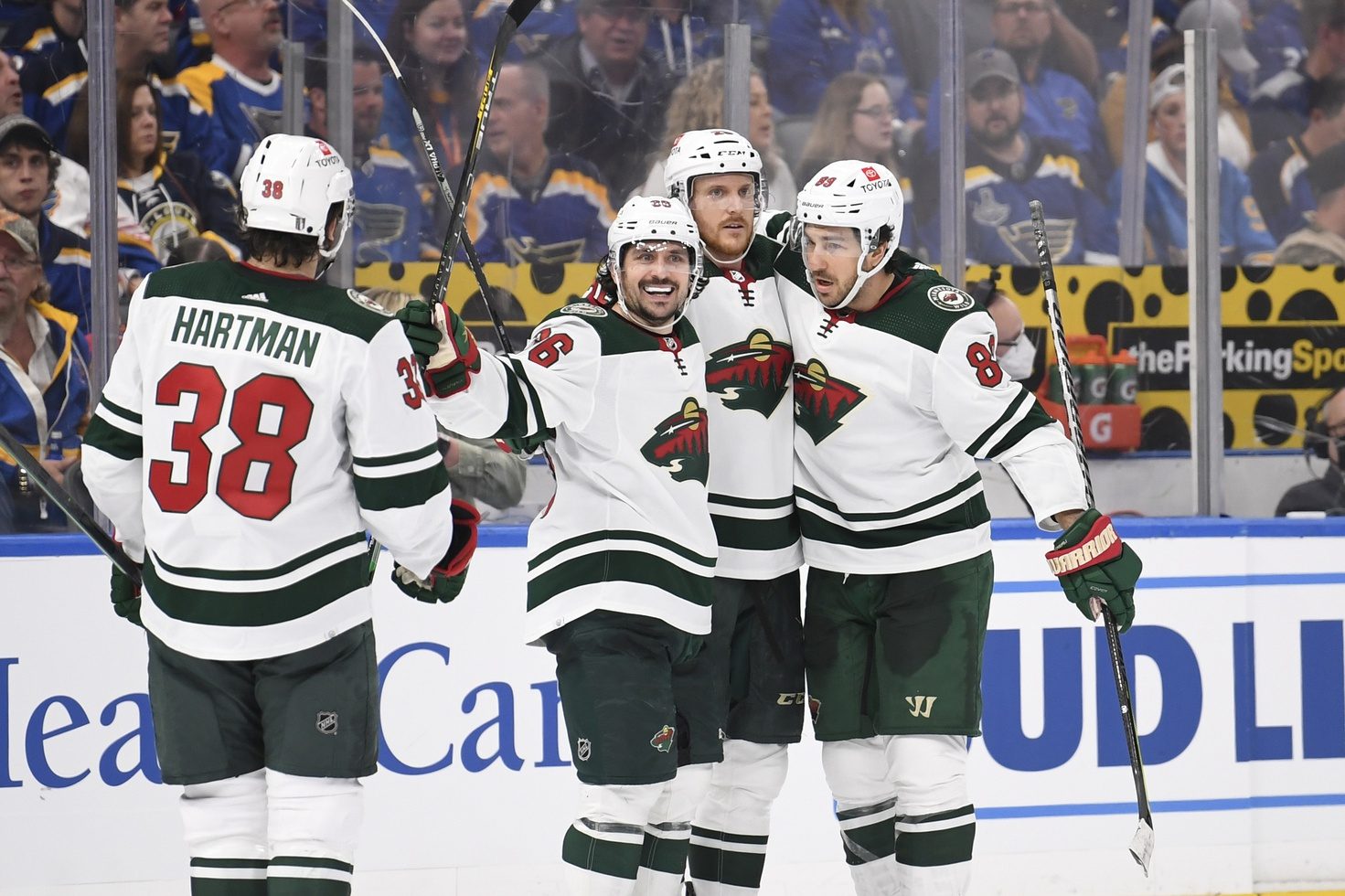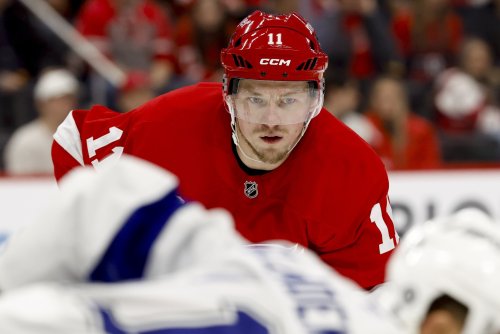
The most memorable Minnesota Wild team isn’t Bruce Boudreau’s 106-point group in 2016-17. It’s not Jacques Lemaire’s bunch that had 104 points in 2006-07. And despite career years from Kirill Kaprizov and Kevin Fiala, this year’s team will soon be forgotten.
Why? They all lost in the first round of the playoffs.
The 2003-04 team remains the most remembered in Wild history. They may not have had $98 million players like Zach Parise and Ryan Suter, nor did they have a one-two punch like Kaprizov and Fiala. But they were fun. Marian Gaborik was a bona fide star, but the rest of the roster was a scrappy expansion team. They had Manny Fernandez and Dwayne Roloson in net. 37-year-old Cliff Ronning was their third-leading scorer.
Many of the players on that team became household names in the State of Hockey. Wes Walz calls games. Brad Bombardir is in player development. Darby Hendrickson coaches the power play. They had Richard Park, Nick Schultz, and Stephane Veilleux! That core led the Wild to the Western Conference in the third year of the team’s existence, beating the hated Colorado Avalanche and Vancouver Cancuks before the Anaheim Mighty Ducks swept them in the third round.
The Wild hardly stumbled upon a recipe for success that year, but it wasn’t sustainable. They finished third in the old Northwest Divison and had to go seven games with Colorado and Vancouver to advance in the postseason. Then Minnesota missed the playoffs in six of the next eight years, leading Craig Leipold to make a splash and bring in Parise and Suter.
While the Parise-Suter Wild had more sustained success, they could not get past the second round. Last year’s team was more talented than all of them, but they suffered a familiar fate. They lost in the first round. And unlike Chuck Fletcher’s Parise-Suter teams, last year’s core isn’t built to last.
Bill Guerin bought Parise and Suter out last offseason. At 37, they were well past the prime of their careers and had become disruptive to the locker room chemistry. In doing so, he freed up cap space for last year’s team. However, he created $12.7 million in dead cap for next year, and $14.7 million in 2023-24 and 2024-25. The cap will increase to $82.5 million next season. Therefore, the Wild will have roughly $67.8 million to spend next year.
For perspective, the Buffalo Sabres spent $67.6 on their team last year. They had the lowest cap hit in the league.
So how do the Wild build a competitive roster on Buffalo’s budget? Take a page from the 2002-03 team. Be fun. Be scrappy. Have a roster full of young or unproven players who are irrationally confident and could go on an unexpected run.
The Wild already have Kaprizov, who could end up being a better player than Gaborik. They have their leader, Jared Spurgeon, and a strong defensive pair in Matt Dumba and Jonas Brodin. Marcus Foligno provides scoring and toughness, and Joel Eriksson Ek has become a quality two-way player. Marc-Andre Fleury and Cam Talbot could be their Fernandez and Roloson.
Most importantly, the Wild have quality young players. Eriksson Ek is 25. They signed Jordan Greenway, 24, for the next two years. Matt Boldy, 21, had 15 goals in his rookie season. Marco Rossi, 20, broke the Iowa Wild scoring record he probably would have spent more time in the NHL if he had a more favorable contract. Calen Addison, 22, also should have gotten more NHL experience this year. That’s a core of five quality 25-and-under players.
Adam Beckman (21), and Carson Lambos (19) sit a tier below them as longer shots to make an impact next year.
Beckman arguably should have made the Wild out of camp, but his play tailed off a bit in the AHL this year. After spending three years dominating the WHL, Iowa coach Tim Army said this was his first real taste of pro hockey. Still, he spent three games with the Wild and is part of their plans.
Lambos had 47 points in 57 games as a defenseman in the WHL. He has yet to play a game above junior, though, and the Wild are pretty deep on defense after extending Jon Merrill and Alex Goligoski. Still, Lambos is a modern defenseman with offensive upside who’s part of Minnesota’s future.
To have success next year, the Wild are going to need Boldy, Rossi, and Addison to play like pros. They also will probably need something from Beckman and maybe another prospect who surprises at camp. Guerin will also likely flip Fiala for NHL-ready young talent, adding to their new core.
Still, it’s a lot to ask of 20-something players. They’re going to have to be fun, scrappy, and irrationally confident. Otherwise, we’ll be left wondering how they spoiled Kaprizov’s historic performance in the first round this year.
Think you could write a story like this? Hockey Wilderness wants you to develop your voice, find an audience, and we'll pay you to do it. Just fill out this form.





.thumb.jpg.a9b35df58693aa7a574a96bc7e6aac74.jpg)


Recommended Comments
There are no comments to display.
Join the conversation
You can post now and register later. If you have an account, sign in now to post with your account.
Note: Your post will require moderator approval before it will be visible.